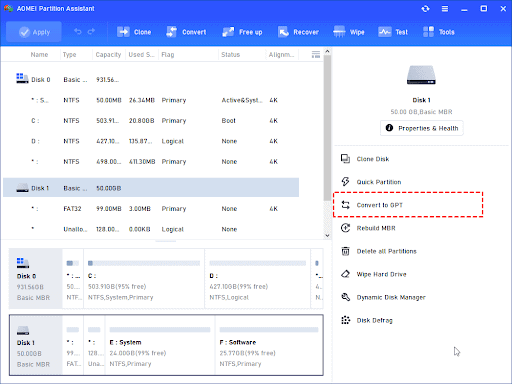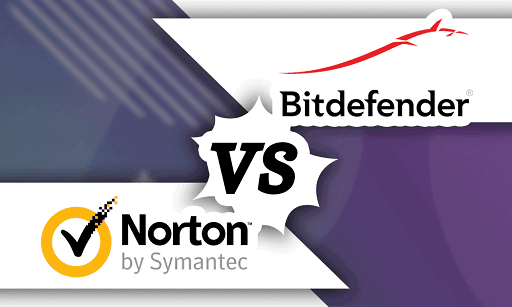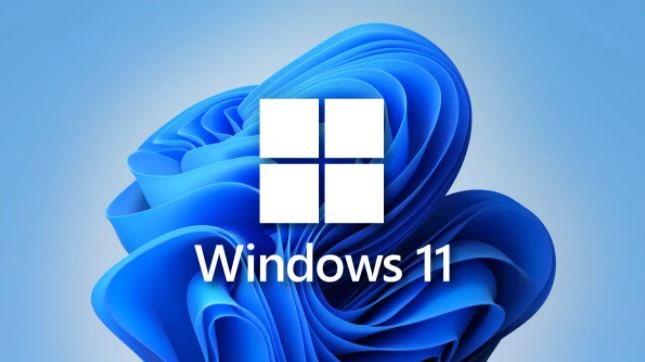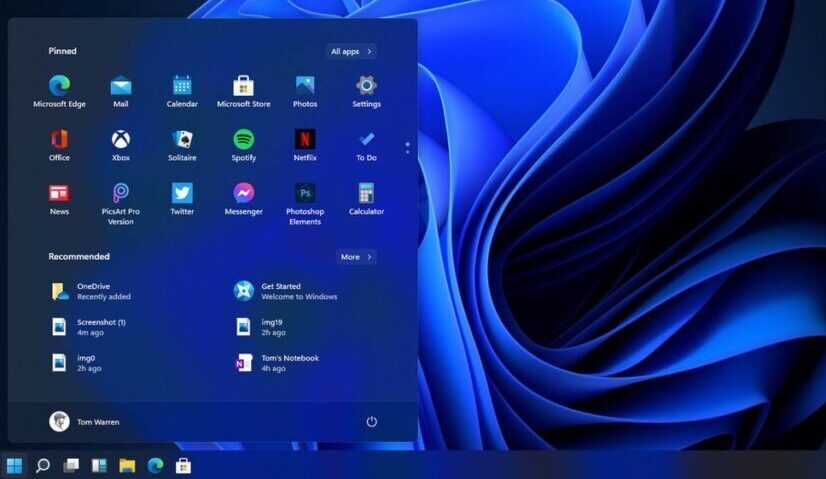Although Mac and PC are two distinct camps with well-worn battle lines, you can have the best of both worlds. Here’s how to install Windows 11 on a Mac (these steps should also work with Windows 10) so you can run all of your favourite Windows apps without sacrificing your Mac’s speed or appearance.
When Apple updated its Macs with its in-house M1 chips, Boot Camp stopped working as it did on older Intel chips, effectively eliminating the ability to download Windows on older Macs. However, if you are willing to invest a little in a VM (virtual machine) setup, there is still an effective workaround. Here is what you should do.
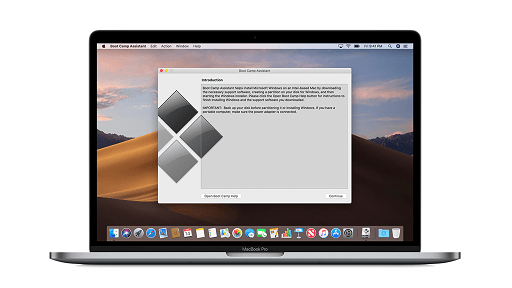
How to install Windows on a Mac using Parallels Desktop 17
Parallels is a virtualization platform designed with Windows 11 and macOS in mind, including the latest Mac models with M1/M2 chips. This allows you to create a VM that is managed independently of your local hardware, allowing you to avoid a variety of limitations – in this case, issues with Apple chip compatibility. While we’ll be demonstrating the steps with Windows 11, they should also work with Windows 10 if you have the right files.
You may also like: How To Install Windows 11 on Mac with BootCamp
Step 1:
Parallels Desktop 17 is the most recent version available. The catch is that you must pay for it. The standard version, which is all you need, is $79.99 for a one-time purchase with limited support. There is also a subscription version if you only intend to use it for a limited time, as well as a discounted student version. If you want to make sure everything works, you can use a trial version first.
Step 2:
Download the ISO image of Windows 11. This file was not available during the initial Windows 11 release window, but Microsoft added it in late 2021, making the process much easier. On this page, Microsoft has a helpful guide. Navigate to the Windows 11 disk image section, select the only option in the Select Download menu, and click Download to begin. You should not open the installer after it has finished downloading; that will be done later.
Step 3:
To ensure that Parallels is fully installed, launch it and follow any final setup instructions. When it’s finished, Parallels Desktop Control Center should be launched.
Step 4:
Select the Plus button in the upper-right corner of the window.
Step 5:
Select Install Windows or another OS from a DVD or image. Select Continue.
Step 6:
The Installation Assistant will now launch and walk you through the process of configuring your Windows 11 virtual machine. This should be a simple process as long as you have the Windows 11 ISO downloaded to your local storage. Choose Find automatically when prompted to look for your Windows 11 ISO folder.
If you have a licensed copy of Windows 11, you will also be able to enter your license key, which you can find by logging into your Microsoft account. This is a good idea to help expedite installation and ensure that all features are enabled.
Step 7:
To assist the assistant in selecting settings, you’ll be asked to answer some basic questions about your intentions with Windows, and then you’ll be asked to name this particular VM something recognizable. You have the option to customize additional settings, but this is not required and can usually be done later (also, it can mess up your VM if you tweak settings the wrong way). When you’re finished, click Create and finalize your VM, then click Continue.
It’s now time to wait. A progress bar will appear, indicating how long the installation will take. Creating a full Windows 11 VM may take some time, so don’t expect to use your Mac for a while, and make sure it’s online and powered on. After the installation is complete, Windows 11 will be ready to use.
You may also like: Best Windows 11 Antivirus Software
Parallels Desktop 17 works with older versions of Macs without M1 chips
The good news is that, like Windows 10 or 11, this option works with Macs with or without the M1 chip. As a result, we continue to recommend Parallels as the smoothest option.
If you don’t have the M1 chip, you can use the built-in Boot Camp to install Windows 10 directly, but keep in mind that it won’t work with Windows 11 and may be limited in some ways.
Boot Camp installation is similar to Parallels installation in that you must make decisions about partitioning a portion of your hard drive for Windows and have a copy of Windows 10 ISO on hand.
Would you like to read more about Windows-related articles? If so, we invite you to take a look at our other tech topics before you leave!






